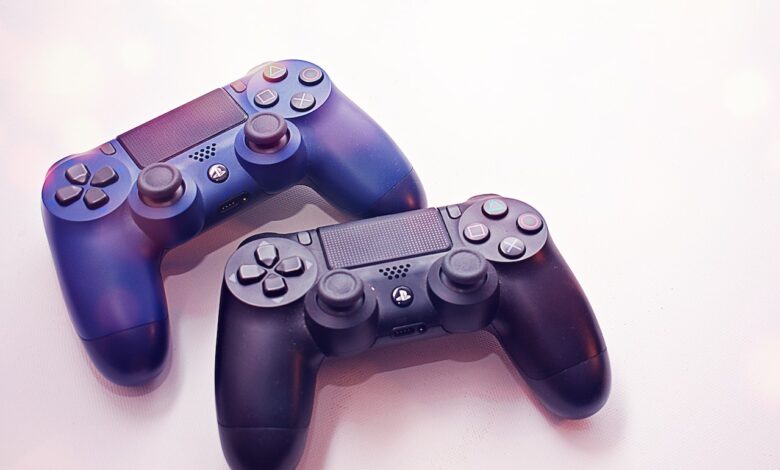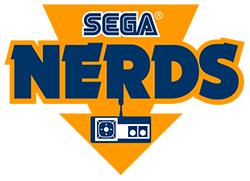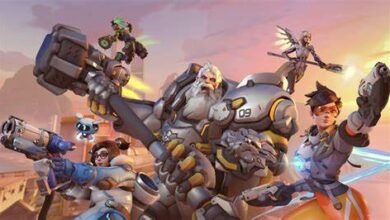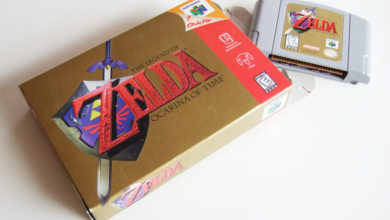
The Software Developers of Sega: A Look at the Teams Behind the Games
The Developers of Sega: A Look at the Teams Behind the Games
SEGA soon became a household name in the 1990s and was constantly seen as a rival to Nintendo. The Japanese video game software company originally began by marketing its series of consoles in an attempt to reach the same level as Nintendo. Despite doing quite well in Japan, they could not achieve the same success when entering the Western console market. They are popular developers of many successful games, such as the original Sonic the Hedgehog and Resident Evil. The company now has several headquarters all across the globe and continues to work with its prior competition, Nintendo and Playstation.
What is SEGA?
SEGA is an entertainment and video game company that originates in Japan. They are most known for the video game ‘Sonic the Hedgehog.’ SEGA has released many consoles in the past that were exclusive to Japan – this created a lot of competition with the Nintendo consoles that were becoming popular in the west. The first SEGA console was called ‘Wave One.’ It had two models, the SG-1000 and the later SG-3000, which was released in 1983. Unfortunately for SEGA, Wave One did not perform as well as was expected. The SEGA systems were released on the same day as the Nintendo Entertainment System – Nintendo’s fanbase was significantly larger than SEGA’s and was far more successful in sales. That left the SEGA models to be seen as the second-best option.
The Waves of SEGA

After Wave One came ‘Wave Two’ – known as the SEGA Master System; unlike Wave One, this was not a Japanese exclusive and made its debut in Japan and North America in the mid-late 1980s. This can be seen as the first system to possibly outperform the Nintendo Entertainment System when it came to hardware alone. However, the fanbase of Nintendo was familiar with a classic cast of characters which SEGA was not able to achieve just yet. This was yet another console that was second best to Nintendo.
Wave Three can be seen as SEGA’s integration into the worldwide console market. With this came the ‘Sega Genesis’ along with game gear. The console was released in 1989 and included stunning color definition in addition to its sharp 16-bit graphics. Yet again, this did not change much for Sega as their sales fell short compared to their contender Nintendo. When marketing the Sega Genesis, they had slogans such as “Genesis does what Nintendon’t” to highlight that they were the better choice for gamers. Come 1991, and Sega finally caught up to Nintendo with Sonic the Hedgehog – a recognizable character that their fanbase could become attached to.
SEGA decided to drop the price of the SEGA Genesis and package the console with the first ever Sonic the Hedgehog game – this was the first time ever that SEGA was able to outsell the Super Nintendo Entertainment System. The Game Gear was SEGA’s Gameboy, yet again SEGA fell short of Nintendo.
The 1990s had many video games of way better quality than those of the 1980s. SEGA’s 16-bit graphics were not going to cut it any longer when Nintendo 64 and Sony’s Playstation were running off 32-bit. SEGA’s response to this was the ‘Sega Saturn’ – their first console that allowed you to play CD-ROM games. Despite also being a failure, the Sega Saturn allowed for an increase in SEGA’s recognizable cast/games with classics such as X-men v Street Fighter and Resident Evil.
By the late 1990s, SEGA had finally got it right and hit the mark with their fifth-wave console – the ‘SEGA Dreamcast.’ Released in 1998 in Japan and then in 1999 in North America, it became a global success. Sony’s Playstation and the Nintendo 64 were past their expiration dates, allowing SEGA to take control of the gaming market and completely monopolize it. The SEGA Dreamcast came with 18 titles that were unique to its launch – this included many successful sequels such as Sonic Adventure 2 and Crazy Taxi 2. This was the last console that SEGA released, and they moved away from creating consoles and closer to working as third-party game developers.
A Shift to Software

In 2002, SEGA moved away from console development, took a step towards software, and has now become a third-party publisher. This allowed them to create games that were no longer console-specific, which led them to work for their former rivals Nintendo (as seen with the game Chu Chu Rocket, which was made for the Nintendo Game Boy Advance). In later years (around 2006), they partnered once again with former rivals Sony Playstation and Microsoft Xbox 360 to create an RPG (role-playing game) – this allowed Sega to appeal more to their western gamers. 2006 saw one of the famous SEGA developers Yuji Naka starting up his own company called ‘Prope’ – he played a pivotal role in SEGA. He was known as the primary programmer for both the Night into Dreams game and the original Sonic the Hedgehog game.





